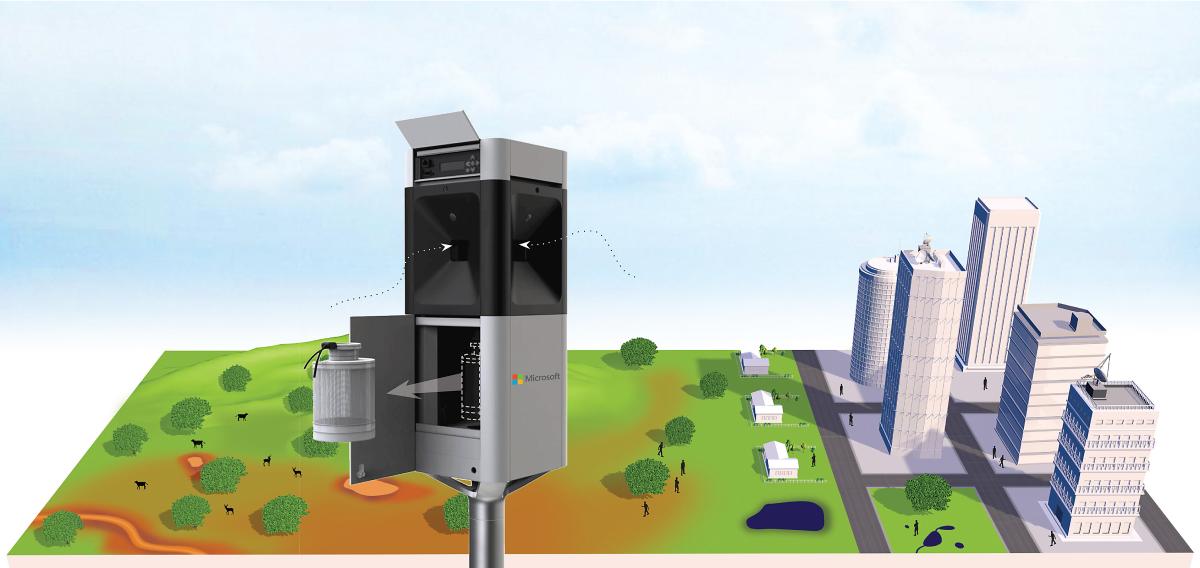Early-Warning Systems
How networked, AI-guided biosampling and genetic sequencing in rural and urban areas could prevent the next pandemic.
What new pathogens are circulating out in the wild, jumping between insects and vertebrates? Discovering them could warn scientists of new threats before they spread globally.
New technologies are helping vector biologist Doug Norris’ team supercharge its search by tracking microbes in mosquitoes and ticks. These dangerous arthropods feed on animals like donkeys, dogs, and birds—as well as people. The viruses, bacteria, and parasites that the mosquitoes and ticks pick up in their blood meals provide insights about pathogens in circulation.
With support from the National Science Foundation’s new Directorate for Technology, Innovation and Partnerships, Norris, PhD, MS, a Molecular Microbiology and Immunology professor, is working with academic, local public health, and industrial partners. Their goal: Use artificial intelligence, robotic biosampling, and genomic sequencing to create new disease early-warning systems.
-
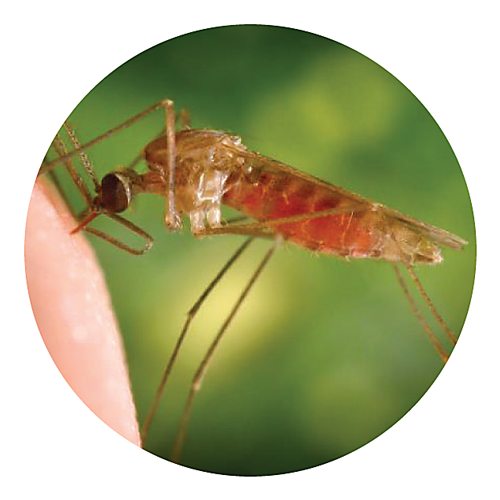
1. Mosquitoes
Female Anopheles gambiae and similar mosquitoes aren’t picky. They’ll bite cows, deer, etc. With each blood meal, mozzies also suck up a pathogenic feast.
-
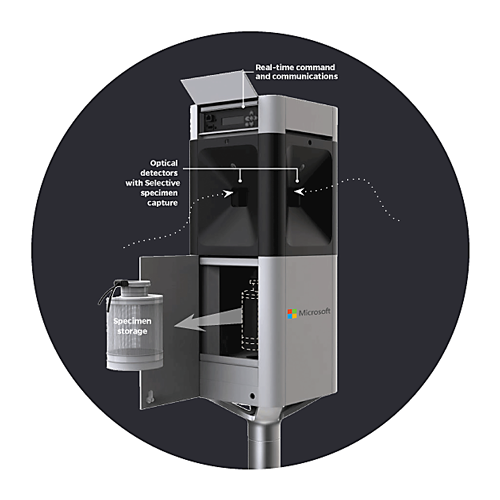
2. Trap
With carbon dioxide as bait, a high-tech trap catches mosquitoes. Using an infrared sensor, it can register their wing signatures, determine the species, and keep only the types of mosquitoes scientists want.
-
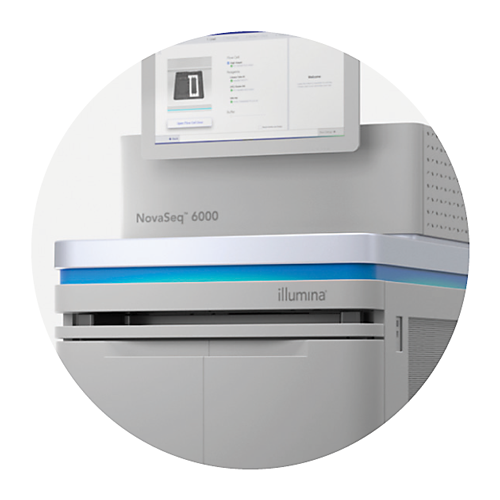
3. Sequencing
When the sample of mosquitoes—and what’s in and on them—is sequenced, it’s “noisy” with lots of pathogens but also random things they pick up like pollen spores.
-
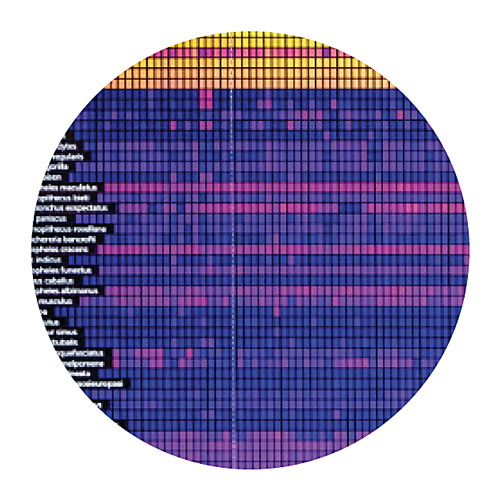
4. Comparison
The genomic sequences (essentially genetic fingerprints of different species) are then compared to known sequences, using cloud computers provided by Microsoft.
-
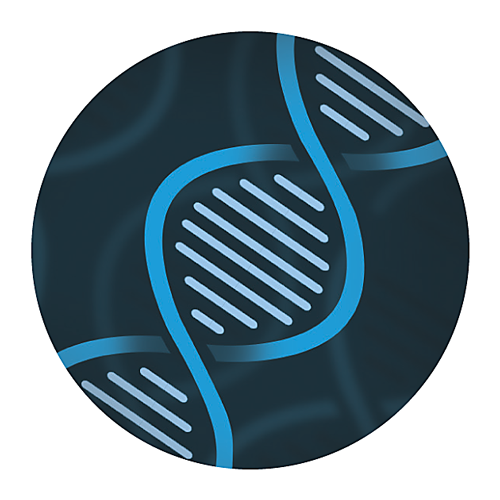
5. Discovery
When confronted with the genetic sequence of a novel microorganism, the software suggests probabilities for what it might be. For example: There’s an 80% chance this unknown virus is a coronavirus.
